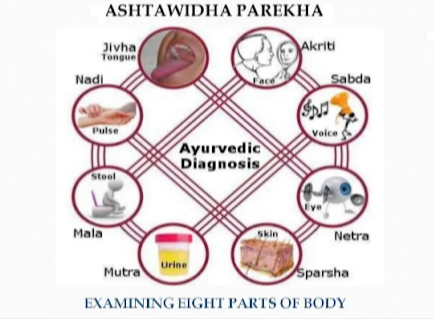Ancient Non – invasive health monitoring system – Ashtavidha Pariksha
Ayurveda is science of life, and it focuses on the complete physical, mental, social and spiritual health of an individual. The principles of Ayurveda are based upon Tridosha- Saptadhatu- Agni and its role in maintaining health harmony. Impairment of single or multiple elements often leads …


